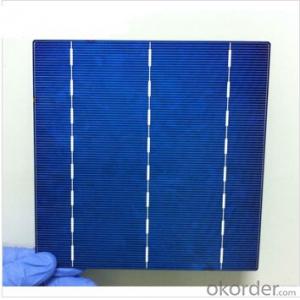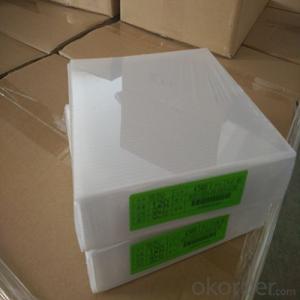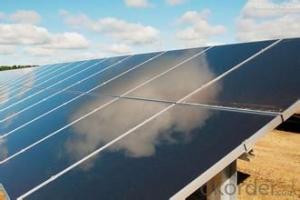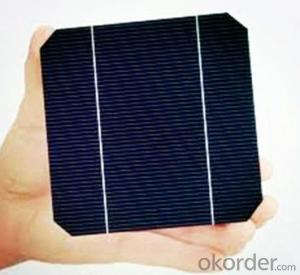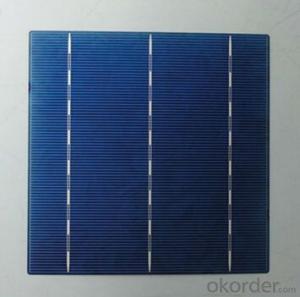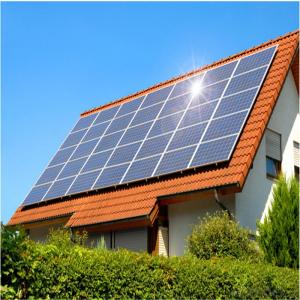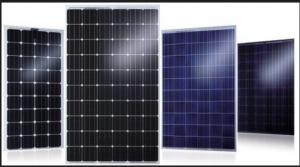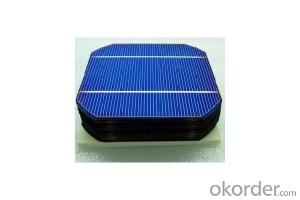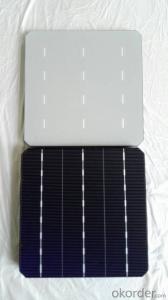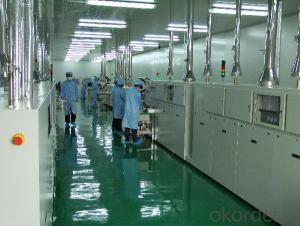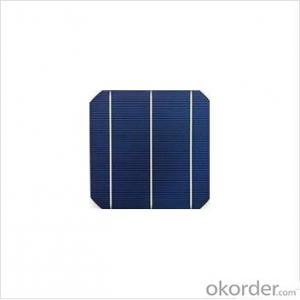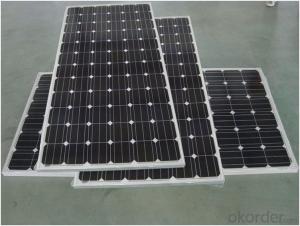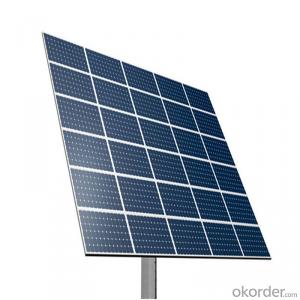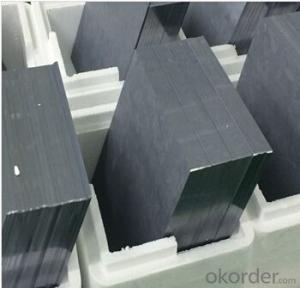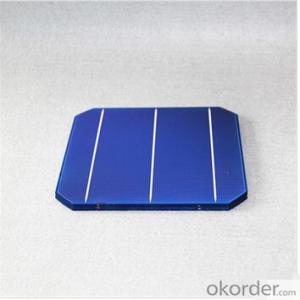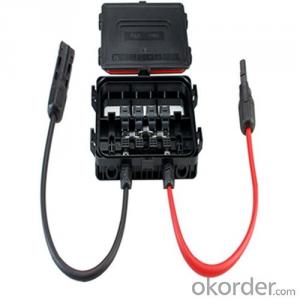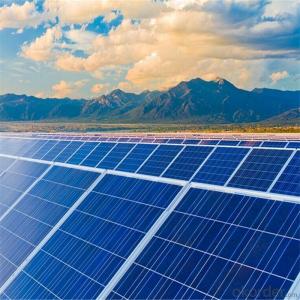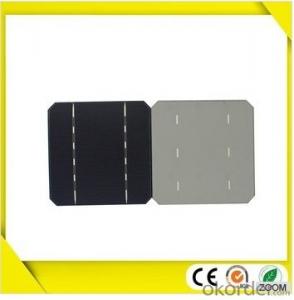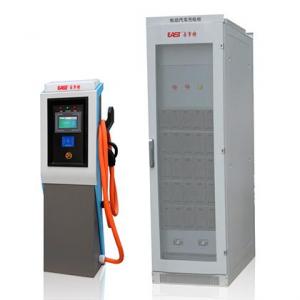Multijunction Solar Cells
Multijunction Solar Cells Related Searches
Multi-Junction Solar Cells Multi Junction Solar Cells Multijunction Solar Cells Buy Heterojunction Solar Cells Multilayer Solar Cells Multiband Solar Cells Mj Solar Cells Photovoltaic Solar Cells Bulk Solar Cells Bifacial Solar Cells High Performance Solar Cells High Power Solar Cells High Output Solar Cells High Temperature Solar Cells High Efficiency Solar Cells High Voltage Solar Cells Full Spectrum Solar Cells Lightweight Solar Cells Chipped Solar Cells Solar Cell Module High Quality Solar Cells Compact Solar Cells Folding Solar Cells High Wattage Solar Cells Better Solar Cells Monocrystalline Solar Cells Bulk Plant Based Solar Cells Foldable Solar Cells Atj Solar Cells Floating Solar CellsMultijunction Solar Cells Supplier & Manufacturer from China
Multijunction Solar Cells are advanced photovoltaic devices that consist of multiple layers of different semiconductor materials, each tuned to absorb different parts of the solar spectrum. This technology allows for a more efficient conversion of sunlight into electricity by capturing a broader range of the light spectrum. These cells are particularly effective in high-efficiency applications where maximum power output is crucial.Multijunction Solar Cells are widely used in various scenarios, such as in space missions, where their high efficiency is essential for powering satellites and spacecraft. They are also employed in terrestrial applications, such as concentrated photovoltaic systems, where sunlight is focused onto the cells to achieve higher power densities. Additionally, these cells find use in remote locations where traditional power sources are not readily available, making them a valuable solution for off-grid energy needs.
Okorder.com is a reputable wholesale supplier of Multijunction Solar Cells, offering a vast inventory to cater to the diverse needs of customers. With a commitment to quality and customer satisfaction, Okorder.com ensures that the products are of the highest standard and are available at competitive prices. This makes them an ideal choice for businesses and individuals seeking to harness the power of the sun through efficient and reliable solar energy solutions.
Hot Products
